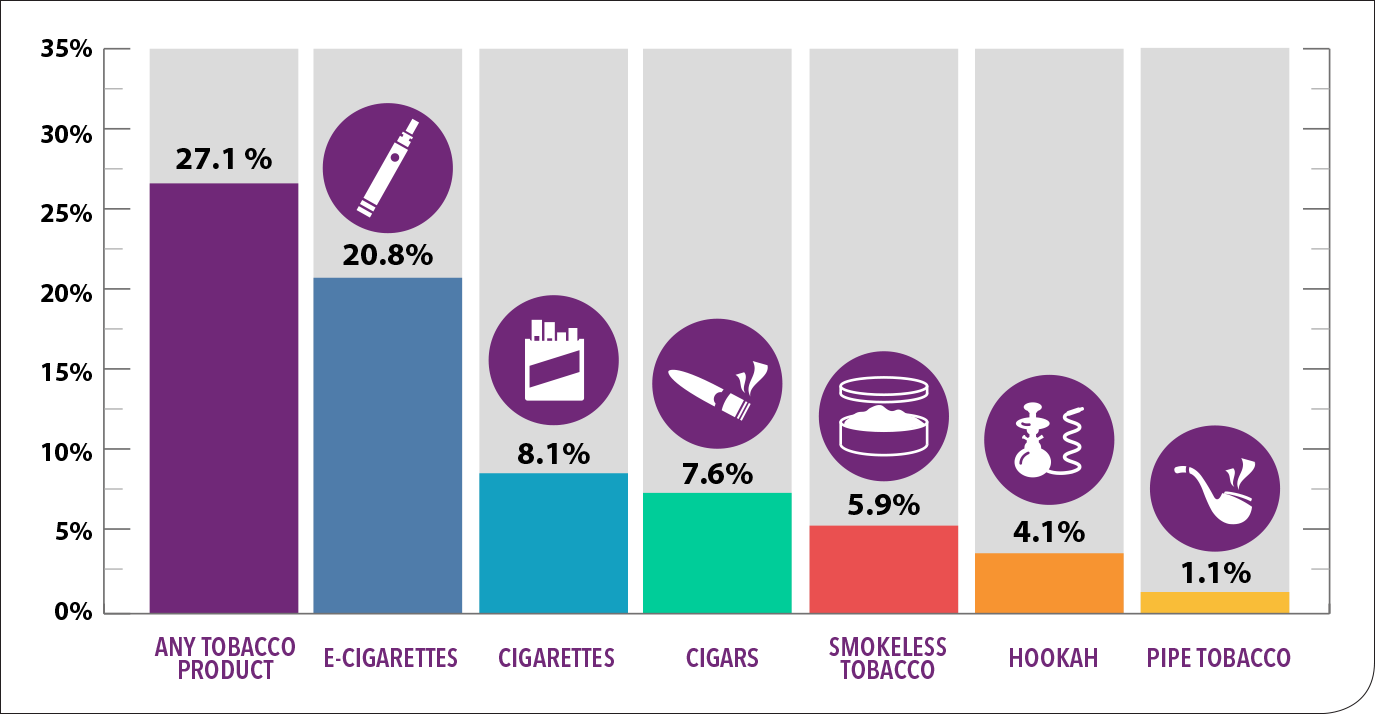"Learn about CDC’s Tobacco Laboratory and the harmful chemicals in different products.
There are a lot of harmful chemicals in tobacco products. The Centers for Disease Control and Prevention’s (CDC) Tobacco Laboratory studies cigarettes, e-cigarettes/vapes, cigars, snuff, and pipe tobacco, plus other nicotine products. CDC scientists help individuals, health care professionals, and legislators understand how tobacco products put people’s health at risk.
The Tobacco Laboratory not only measures ingredients in the products, but also in the smoke, aerosol, and other emissions from them. Ingredients range from nicotine and heavy metals to chemical preservatives and flavors like menthol.
Lung Injuries Associated with Use of E-Cigarette, or Vaping, Products
The Tobacco Laboratory played a key role in CDC’s response to a 2019-2020 EVALI outbreak that was connected to about 2,800 hospitalizations and 68 deaths. EVALI stands for e-cigarette, or vaping, product use-associated lung injury.
At first the cause of the outbreak was unknown. But most people affected were younger than 35 years old, and all had used e-cigarettes or other vaping products. What else did they have in common? CDC worked with the U.S. Food and Drug Administration (FDA) and state partners to find out.
The key piece of the puzzle turned out to be vitamin E acetate, a chemical that was being added to some vapes containing THC. Vitamin E acetate can damage lung tissue.
CDC’s Tobacco Laboratory helped shed light on the vitamin E acetate problem and other risks of using vapes.
CDC and FDA recommend that vitamin E acetate should not be added to any e-cigarette/vaping products.
Data Helps Protect Public Health
“Our goal is to collect data for decision-makers to use to help decrease harm to the U.S. population,” explains Ben Blount, CDC Tobacco and Volatiles branch chief.
CDC’s Tobacco Laboratory works closely with FDA and other federal agencies, the World Health Organization, Health Canada, universities, health departments, and many other partners to improve public health for the nation and the world..."
Tobacco Health Risks
 .."
.."